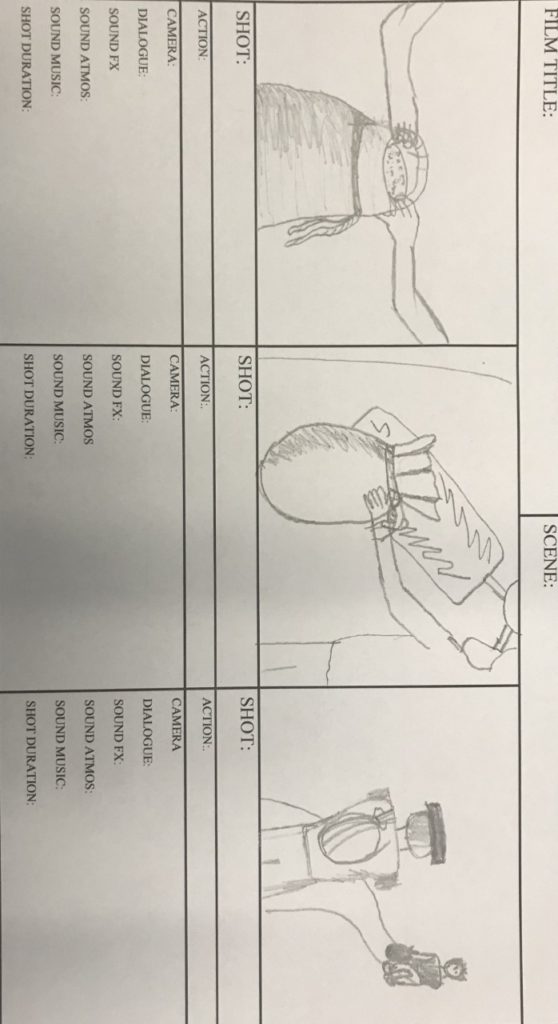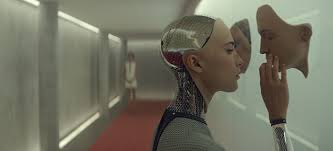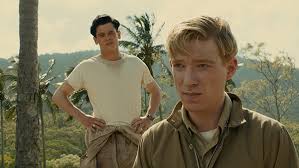Difference between a sound mixer and a sound editor:
Sound Mixer – A sound mixer has the lead role of recording all sound during the production of a film to further be used in the editing process. The sound mixer also work on blending the sound during the production process.
Sound Editor – A sound editor is based on collecting the sounds necessary for the specific parts of a film or scene.
Synchronous sound – a sound that is matched with the actions and movement being used.
Asynchronous sound – a sound not matched with a visible source of the sound on screen
Diegetic vs. Non-Diegetic sound:
Diegetic – Diegetic sound is sound that is that the character or characters can hear.

Shaun Of The Dead
The TV scene from Shaun Of The Dead is diegetic because the only sound in the scene is coming from tv and their dialogue, this is used because it allows the audience to understand what the crisis on the news is and that they are also hearing the same thing.
Non-Diegetic – Any sound that the audience can hear but the character cannot.

In the main shark scene from Jaws, music is playing for the lead up to the shark which the characters wouldn’t have hard at the time but the music adds to the suspense for the audience.























